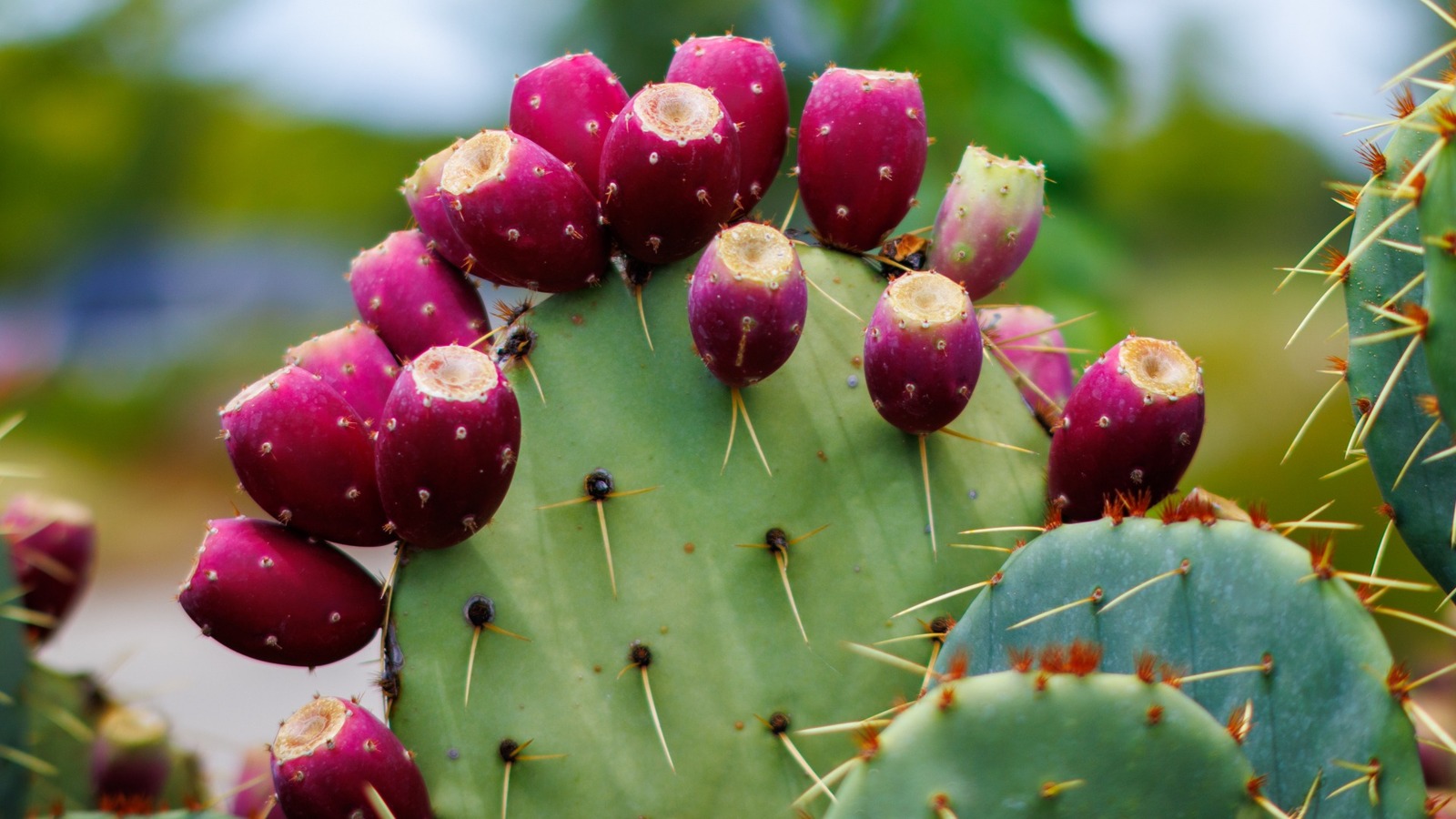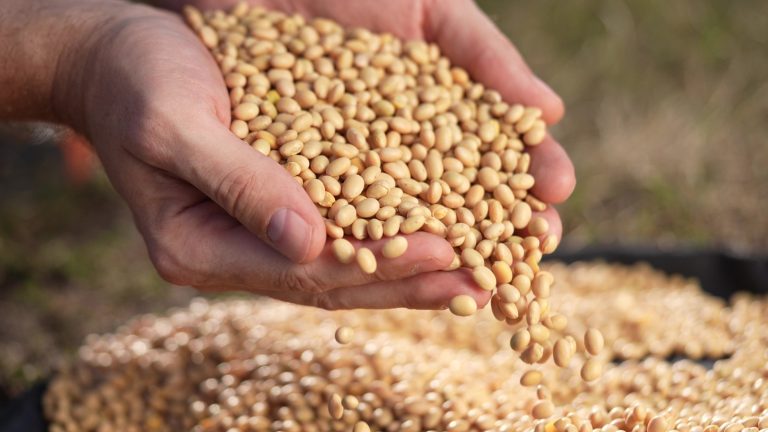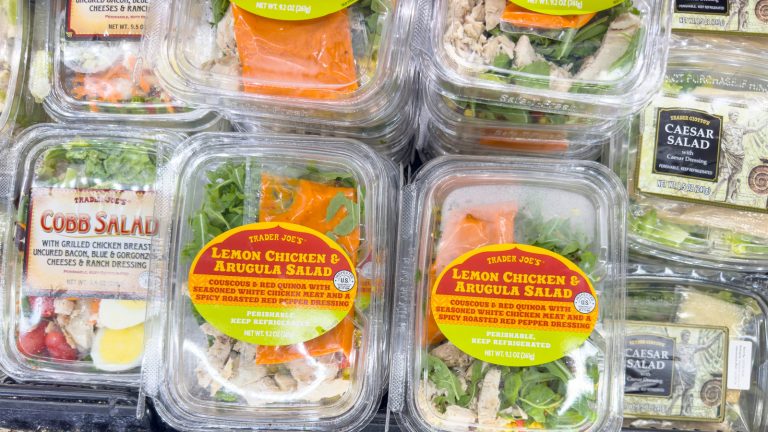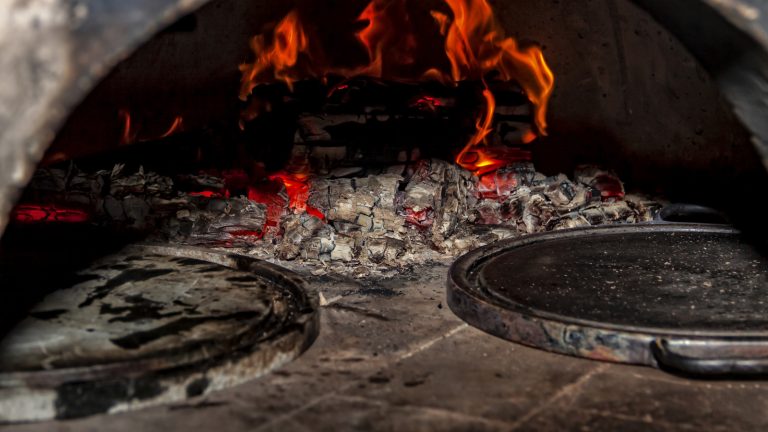We may receive a commission on purchases made from links.
When asked to picture cacti in their minds, many people may conjure images of tall, cylindrical, grooved green plants with vertically growing arms covered in spikes reaching toward the sky in a barren, rocky desert. This fits the description of a saguaro cactus, which is an iconic image of the Southwestern landscape, but there are so many other types of cacti native to the deserts of the American Southwest and northern Mexico.
The prickly pear cactus, for instance, has large, wide pads known commonly as nopales, as well as brightly hued edible fruits known as “tuna” in Spanish. Both the cactus paddles and fruits are edible in many types of prickly pear cactus, and have been eaten by their surrounding communities for centuries, especially in Mexico. Even if you’ve eaten nopales before, you may be surprised to learn that these edible cacti of the picturesque deserts of Arizona also yield a candy that’s found it’s way to our list of the most iconic snacks in every state.
The Phoenix-based Cactus Candy Company began selling the brightly colored sweets all the way back in 1942, and though the ownership has changed, the candy itself seems to remain the same. The shape and style of Arizona’s Cactus Candy are similar to a Turkish delight or a French pâte de fruit, cut into bright pink squares and coated with a dusting of sugar so they don’t stick together.
Prickly pear fruits are gaining popularity
Usually made from either the juice or a puree of prickly pear fruits, Cactus Candy is made similarly to other jelly candies by combining and reducing fruit puree or juice with a mix of pectin, acid, sugar, or corn syrup, depending on the recipe. It’s hard to describe the flavor of prickly pear cactus, as the fruit can vary from tart to sweet. The added sugar in the candies makes them sweet, but the flavor of the raw fruit often ranges from strawberry to mango to melon, depending on their color and ripeness. The ripe, red fruits used to make the Cactus Candy (which is available to purchase on Amazon) tend to be the most sweet, and this, along with their vivid fuchsia hue, make them well-suited for candies.
Prickly pear fruits are one of the items that are very common in Mexican grocery stores, but you won’t usually find them in a typical U.S. supermarket. If you’re lucky enough to purchase them or even forage your own, be aware of the best method for cutting cactus fruit as the fruit needs to be handled carefully due to it’s dangerous protective spines. While this wonderful plant has fed many for centuries, it’s become more widely known to those outside desert communities in recent years. Prickly pear cactus margaritas can be found on cocktail menus worldwide, and there was even a prickly pear water called Pricklee on “Shark Tank.” Surprisingly, the prickly pear cactus and its fruit also fall on our list of fresh fruits you need to try in Italy.






